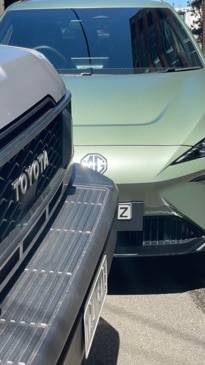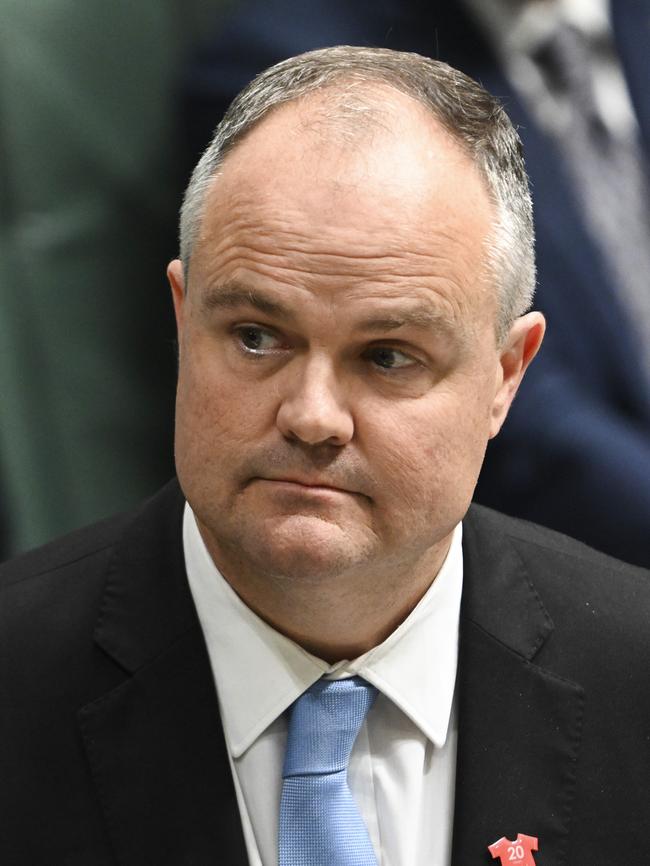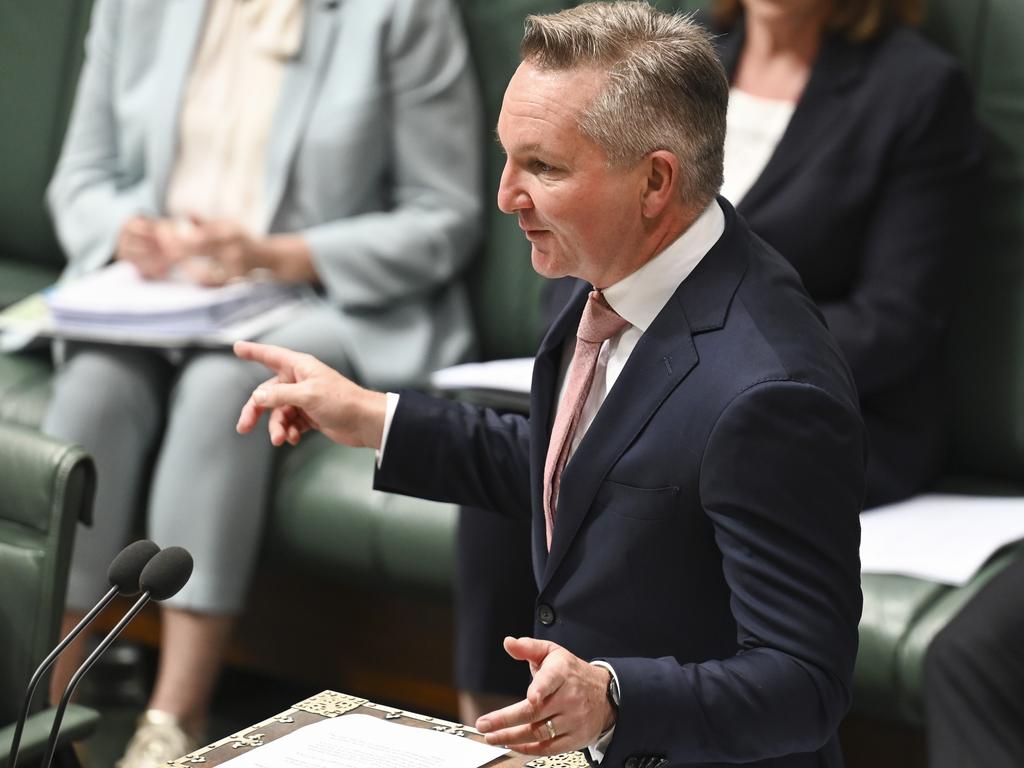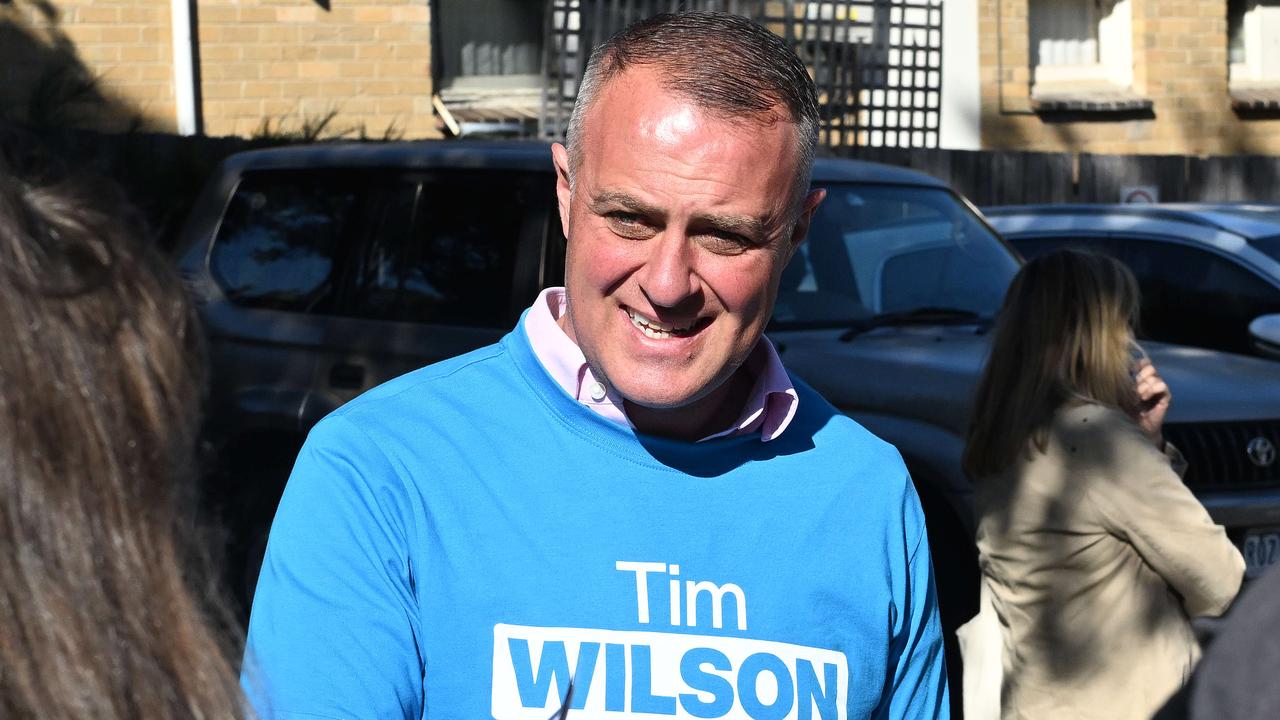Labor to temporarily exclude the biggest-polluting cars from emissions regime
Some of the highest-polluting cars in Australia are set to be excluded from Labor’s vehicle emissions regime ‘over the next few years’, with car retailers blaming the loophole on Anthony Albanese rushing the process.

Some of the highest-polluting cars in Australia are set to be excluded from Labor’s vehicle emissions regime “over the next few years”, with car retailers blaming the loophole on Anthony Albanese rushing the process to set up a scheme to slash the carbon footprint of the transport sector.
The Albanese government has told industry figures it would carve out some models from the initial years of the New Vehicle Efficiency Standard – due to begin in January – including the Toyota LandCruiser 70, RAM 1500 TRX, RAM 2500 and Chevrolet Silverado HD.
The government’s latest consultation paper – open for feedback from the industry until October 8 – says vehicles weighing between 3.5 and 4.5 tonnes “cannot practically comply” with the NVES given their carbon output is not currently measured, with the models to be “carved in gradually” once the scheme is operational.
“Vehicles that have a gross vehicle mass of more than 3.5 tonnes would be exempt,” the consultation paper said.
“Our intention is that vehicles with that 3.5 tonnes GVM are carved in gradually if appropriate over the next few years.”
The Australian understands the Department of Infrastructure and Transport has established an “emissions testing technical working group” to consult on how the carbon output of cars above 3.5 tonnes can be measured, paving the way for them to be eventually included in the NVES.
Motor Trades Association of Australia chief executive Matthew Hobbs said it was “not surprising” there were loopholes needing to be filled by the government given Labor’s rush in setting up the NVES.
“After we first saw the actual detail, we got four weeks to comment. So the fact that there are a couple of different pieces that need adjacent legislative change isn’t surprising,” he said.

Institute for Sensible Transport senior analyst Liam Davis said while he was glad the cars would eventually be captured, it was “disappointing” the government was carving them out in the meantime.
“The loophole is disappointing,” he said.
“People are effectively receiving a social subsidy to operate these (exempt) vehicles that are hugely road-consumptive in space, they’re very dangerous, they have high emissions, they wear down roads, they’re just actually intimidating.”
But Electric Vehicle Council chief scientist Jake Whitehead said “99 per cent of the market is ready now” and the carving out of the larger cars in the short term was not cause for concern.
“Certainly in the long term, these vehicles need to be included in the standard, they are competing with other utes and commercial vehicles and there’s no reason that they should be exempt, but the government is taking a pragmatic approach and proposing to phase them in over time,” he said.
“We’re talking about less than 1 per cent of the market, and there’s no reasonable justification to delay a hold-up of more than 99 per cent of the market that that should be encouraged to bring more efficient options as soon as possible.”

The NVES, which passed parliament with the support of the Greens in May, applies to new cars sold in Australia and was introduced to incentivise manufacturers to import more fuel-efficient cars and ensure Australia reaches its net-zero emissions target by 2050.
Manufacturers will be required to meet average emission limits for vehicles they sell or face penalties of up to $100 per gram over the emission targets, which will come into force from July and reduce year on year.
Opposition climate change and energy spokesman Ted O’Brien said the policy had been “a disaster from the outset” and the latest issue surrounding the inability of the NVES to capture all vehicles was further proof of that.
“This is just the latest hiccup in Labor’s ill-considered approach to vehicle emissions,” he said.
“The government refused to release modelling showing how much car prices would increase under its proposed emissions changes, and then it blocked our attempt to refer the legislation to committee for scrutiny.
“Now the government intends to grant exemptions to Australia’s highest-emitting vehicles because they don’t fit within the current construct of the policy. What an utter mess.”
A spokeswoman for Infrastructure and Transport Minister Catherine King said the NVES would support the path to net zero by 2050 and that consultation on the exemption was ongoing.
“The minister’s department is working closely with industry to implement the standard,” she said.
Federal Chamber of Automotive Industries chief executive Tony Weber confirmed his organisation was “certainly aware” of the current loopholes in the NVES and was undertaking its own consultation with its members.
“We expect the government to work along (with) the industry and take all views into account as this process continues,” he said.
Climate Change and Energy Minister Chris Bowen said the NVES would bring Australia “into line with the developed world”, hailing the rollout of new plug-in hybrid choices by manufacturers in recent months.








To join the conversation, please log in. Don't have an account? Register
Join the conversation, you are commenting as Logout